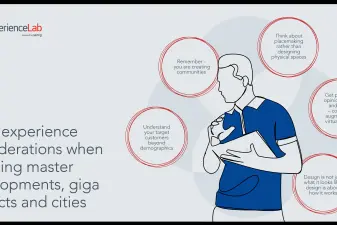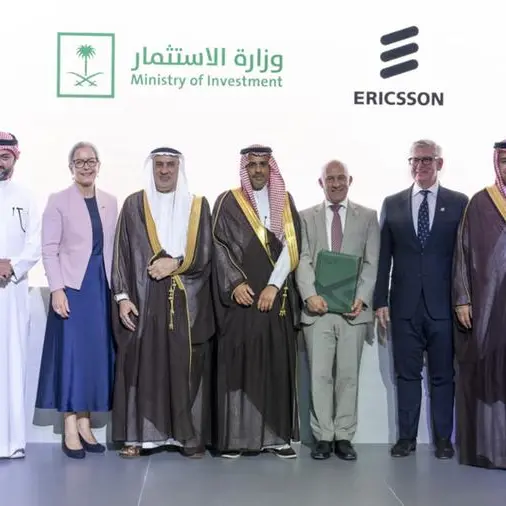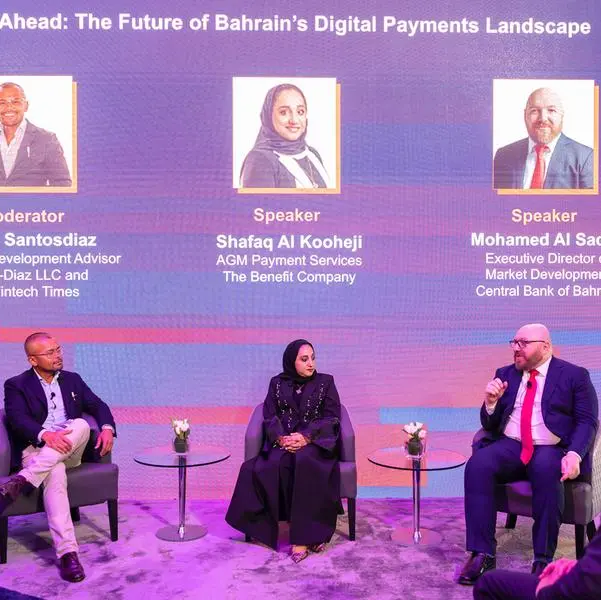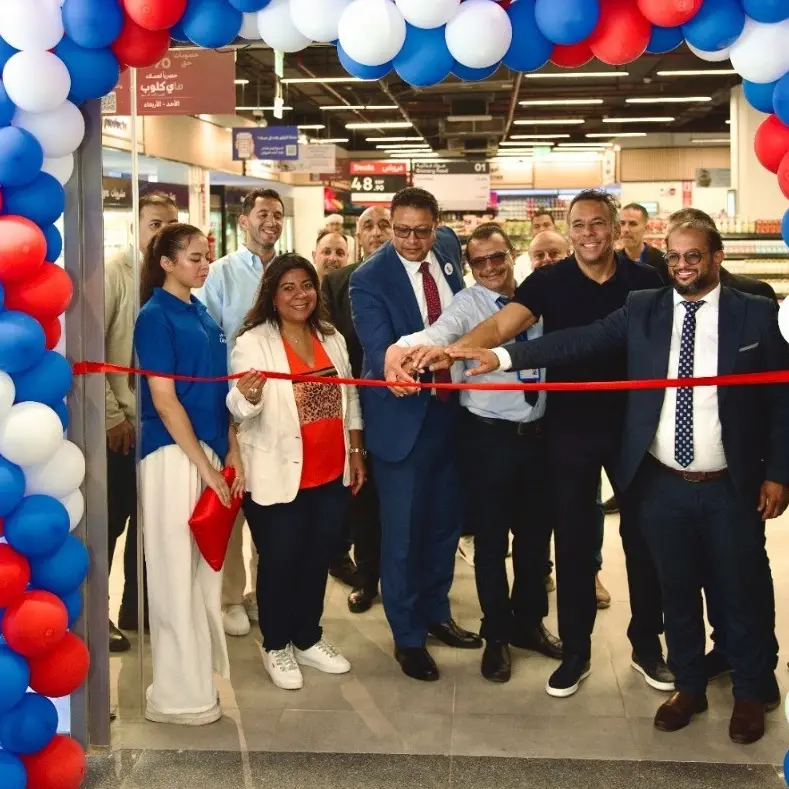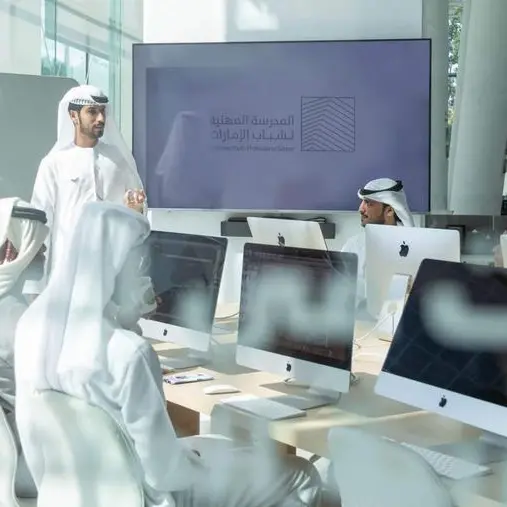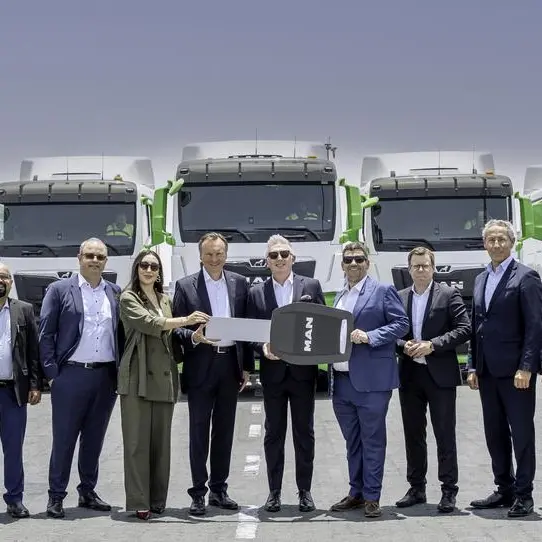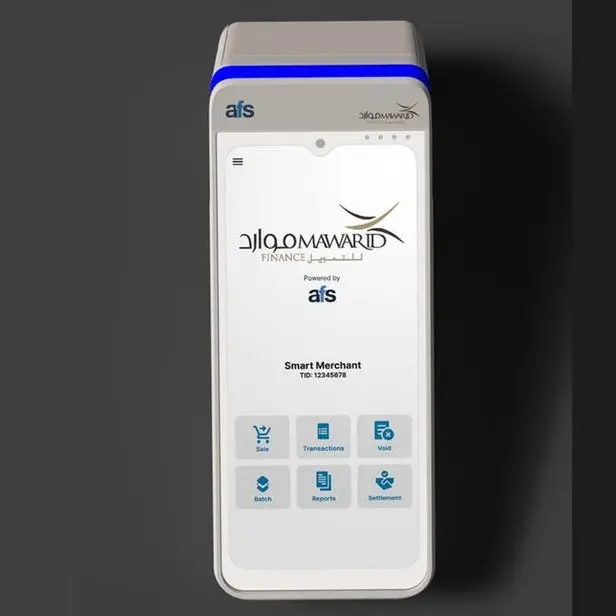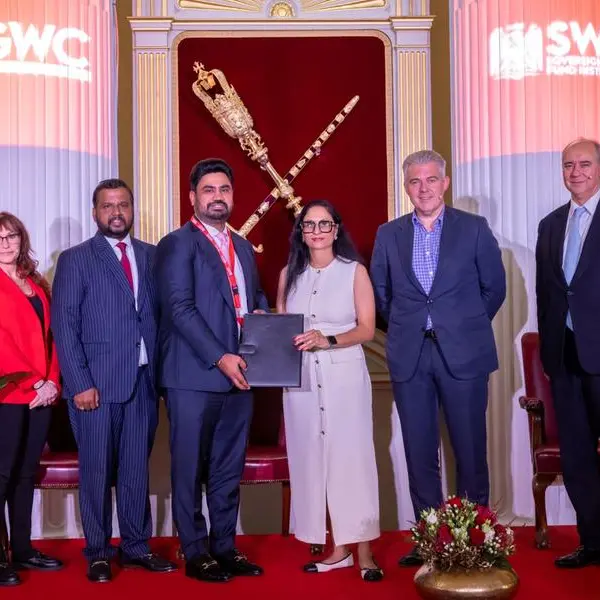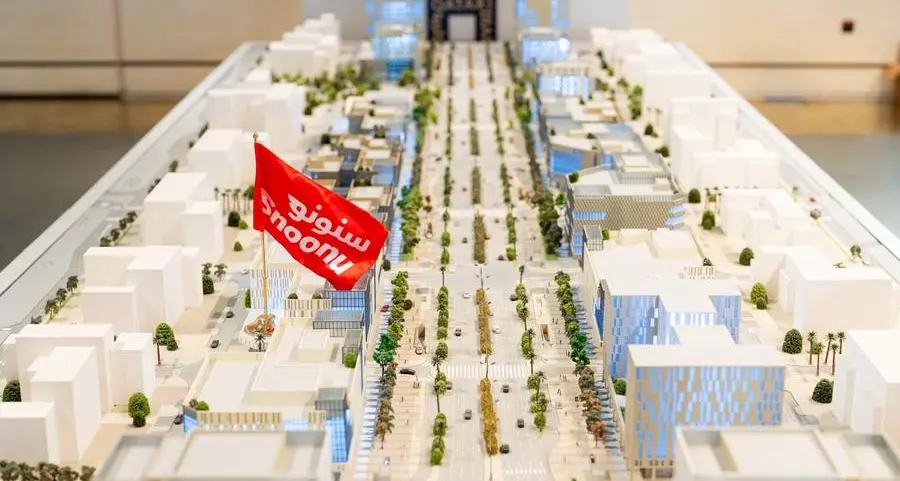PHOTO
When it comes to developing cities, there are always customer related factors to consider, from understanding your target customers to uncovering their needs and priorities, allowing them to share feedback and making sure you’re delivering what actually works for them.
With Saudi Arabia being led by Vision 2030, a blueprint for an ambitious nation that is underpinned by megaprojects and master developments, ExperienceLab Middle East, the research and experience design division of the public services company Serco Middle East, discusses key user experience considerations when planning master developments, and how keeping your target customers at the centre ensures the value is maximised and that developers in Saudi are delivering what their customers actually need, from families to youngsters to business owners.
When it comes to understanding the target customers, developers should understand the decision process of their customers in choosing a place to live or work. From the must haves, to things one can compromise, and use these insights to support the planning and shaping of spaces and facilities.
Kristine Pitts, Director of ExperienceLab Middle East says “developers need to spend time getting to know the target audiences and what they look for when moving to a new community. In a country that is rapidly changing and developing like Saudi Arabia, and with increasing competition for people’s attention, in-depth understanding of target audiences and actively designing with and for them will be key to attracting them to live, work and play. Build it and they will come is a risky strategy. Proactively meeting customers’ needs, wants and priorities has a much better chance of success.”
KSA’s giga projects such as NEOM, a flagship project of Vision 2030, are creating cities from scratch. Without an established community new residents, office workers and visitors need to collectively create new communities within the newly built structure. Developers can facilitate and shape the connection between people and the places they share. ExperienceLab encourages bringing the residents, visitors and office workers into the design process to collaboratively define and shape patterns of use, paying particular attention to the physical, cultural, and social identities that define a place and support its ongoing evolution.
Physical spaces are defined by their physical edges, but places are defined by the people, activities and engagements within them. Developers need to do more than just build buildings. They need to create places for communities to grow and thrive. It starts by understanding the needs and priorities of the people and communities that will inhabit them.
‘Placemaking’ refers to a collaborative process by which we can shape our public realm in order to maximize shared value. More than just promoting better urban design, the concept facilitates creative patterns of use, paying particular attention to the physical, cultural, and social identities that define a place and support its ongoing evolution. It capitalises on a local community's assets, inspiration, and potential, with the intention of creating public spaces that promote people's health, happiness, and well-being.
Therefore, when designing for physical spaces, we need to consider who are the people who use the space, where and how do they spend their time, what activities they do within that space, and the sequence in which they do them.
It is also important to involve your target audience in the process by giving them the opportunity to experience the space you’re building. The industry is already using combinations of augmented reality (AR) and virtual reality (VR) to showcase designs before plans are finalised so developers can gain feedback from people to help refine final design choices, this should be extended beyond investors and stakeholders to also include your target customers.
“We’ve all visited places that at first sight look amazing. Then once you start using it in earnest, some of the practical elements of how it works don’t live up to expectations. Getting people’s honest opinions before making expensive decisions can save developers time and money, form a better marketing approach, and make their product more appealing to the audience. Research can help these developers identify target audiences and test key aspects to ensure the lived experience is every bit as good at the stunning architecture and design suggests it should be”, Pitts added.
Customer research early in the process can identify who to target and highlights the key needs for the various audiences, therefore doing customer research early enables developers to make informed choices based on understanding what customers want.
On that end, Pitts commented “At ExperienceLab we are passionate about engaging with customers and firmly believe that taking a customer centred approach to all stages of design is key to avoiding many design blunders. Finishing touches matter. Testing these with your audiences is important. For example, can people find their way around and discover what’s available? Do they want to use the spaces in the ways you intended? Are the residential show-homes attractive to your target audiences? Is the vibe of your community spaces in line with what your target customers are looking for? Is there a priority need that you’re not meeting?”
In KSA, some of the new master developments such as Qiddiya are creating spaces unlike anything that currently exists in the vicinities. These places offer the opportunity for Saudis seeking a different kind of lifestyle, expats seeking something that feels familiar compared to what they are used to from other countries, or local visitors drawn by attractions to spend a few hours. But what draws them? What are the deciding factors that make them choose to live, set up their workplace or spend their Friday afternoons?
Designing places for families to live requires different priorities than if your target market is young professionals. Saudis might value and prioritise different aspects of where they live compared to expats, but trying to cater to everyone all together caters for no-one. Therefore, understanding needs and priorities of different target groups helps shape how you design dedicated spaces for each group, and this is where ExperienceLab comes to fill in the gap.
-Ends-
About ExperienceLab
ExperienceLab was launched in the Middle East this year by Serco Middle East, and as a public services company that manages people, assets and data, ExperienceLab essentially acts as a wraparound of those three things to really focus on service excellence and the experience of the end user.
The addition of ExperienceLab to Serco’s proposition offers the first end to end integrated research, design and delivery offering in the region. Serco helps its clients to use the unique understanding of data and insights generated by ExperienceLab to design or evolve and adapt their services to cater to the end user and deliver world class experiences.
PR enquires on behalf of ExperienceLab & Serco Middle East:
Rachel Lewis or Maya Samaan, markettiers:
Tel: +971 (0)4 369 2709
Email: Sercomiddleast@markettiers.com
© Press Release 2020
Disclaimer: The contents of this press release was provided from an external third party provider. This website is not responsible for, and does not control, such external content. This content is provided on an “as is” and “as available” basis and has not been edited in any way. Neither this website nor our affiliates guarantee the accuracy of or endorse the views or opinions expressed in this press release.
The press release is provided for informational purposes only. The content does not provide tax, legal or investment advice or opinion regarding the suitability, value or profitability of any particular security, portfolio or investment strategy. Neither this website nor our affiliates shall be liable for any errors or inaccuracies in the content, or for any actions taken by you in reliance thereon. You expressly agree that your use of the information within this article is at your sole risk.
To the fullest extent permitted by applicable law, this website, its parent company, its subsidiaries, its affiliates and the respective shareholders, directors, officers, employees, agents, advertisers, content providers and licensors will not be liable (jointly or severally) to you for any direct, indirect, consequential, special, incidental, punitive or exemplary damages, including without limitation, lost profits, lost savings and lost revenues, whether in negligence, tort, contract or any other theory of liability, even if the parties have been advised of the possibility or could have foreseen any such damages.
